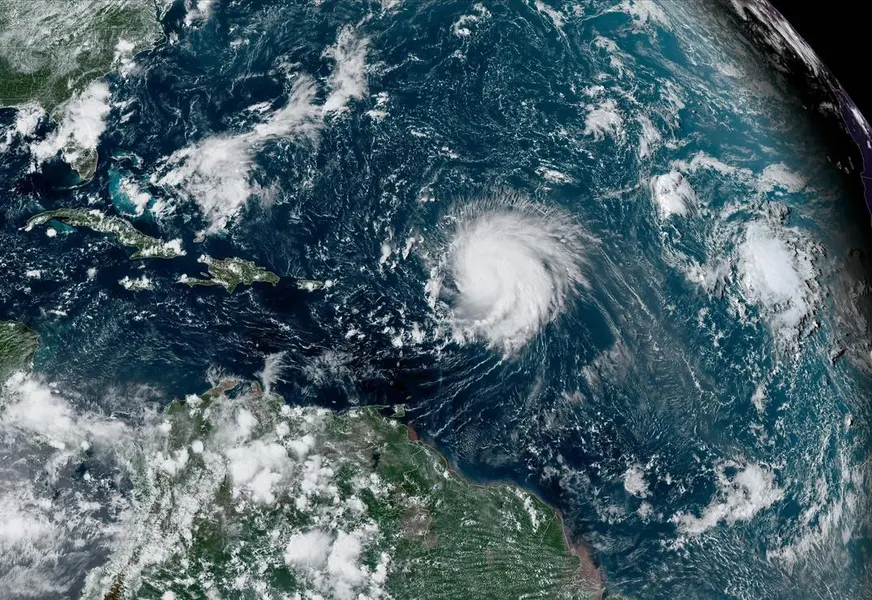
Trade Finance Is (Finally) Going On-Chain
How did your country report this? Share your view in the comments.
Diverging Reports Breakdown
Trade Finance Is (Finally) Going On-Chain
U.S. Bank has completed its first fully digital trade finance transaction. The move will have ramifications far beyond the specifics of this individual transaction. There is potentially $1.5 trillion of trade finance opportunities that have remained untapped, excluding small to medium size businesses. The Digital Container Shipping Association has set a target of issuing 100% of bills of lading in an electronic format by 2030. The implications for the dollar-based reserve banking system are clear. Dollars will be going on-chain and will build on existing efforts to tokenize U.S Treasuries.
In the aftermath of crypto week there is certainly going to be plenty of discussion around the future of cryptoassets in the United States from a policy perspective, but even while that continues to dominate headlines, blockchain adoption continues to accelerate virtually unabated, albeit in an under-the-radar manner. In the immediate run-up to crypto week it was announced that U.S. Bank had completed its first fully digital trade finance transaction, highlighting the shift away from paper-based processes in international trade. As the first American lender to execute such a transaction using WaveBL – a blockchain that enables encrypted document transfers between trading partners and financial institutions – will have ramifications far beyond the specifics of this individual transaction.
The Digital Container Shipping Association, representing nine (9) of the world’s ten (10) largest container lines, has set a target of issuing 100% of bills of lading in an electronic format by 2030. According to research by the Asian Development Bank estimates that there is potentially $1.5 trillion of trade finance opportunities that have remained untapped, excluding small to medium size businesses. With the speed and transparency provided by blockchain based trade financing agreements, much of this gap can be closed; the DCSA goal toward 100% electronic bills of lading will only accelerate the pace at which this goal is achieved.
Outside of the direct benefits to the shipping industry and affiliated entities, lets’ take a look at a the benefits this change will create.
Regardless of the political turmoil and debate around the cryptoasset sector the fact remains that institutional adoption has continued virtually unabated. Even as the retail market and utilization of crypto, in the form of stablecoins of other iterations, remains stagnant, the influx of institutional investors and attention the space is worthy of attention. Be it the increasing expansion of crypto services by payment processors such as PayPal, Visa, and Mastercard, or the deployment of crypto-native solutions by banking titans such as J.P. Morgan Chase the landscape has shifted in a definitive manner. Crypto transactions, the processing of said transactions, and the benefits of these transactions are increasingly clear to institutions that handle and process trillions of dollars of transactions on an annual basis.
Coupled with the regulatory progress being made related to stablecoins, which in and of themselves combine the benefits of on-chain transactions with the stability of the U.S. dollar, and the implications for the dollar-based reserve banking system are clear. Dollars will be going on-chain and will build on existing efforts to tokenize U.S. Treasuries – the largest and most liquid market in the world – to an even greater extent moving forward.
Policy debates will occur, but crypto advocates and investors alike should keep an eye on the bigger picture as blockchain and tokenized asset adoption continue to accelerate.
Source: https://www.forbes.com/sites/digital-assets/2025/07/20/trade-finance-is-finally-going-on-chain/
